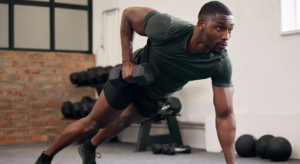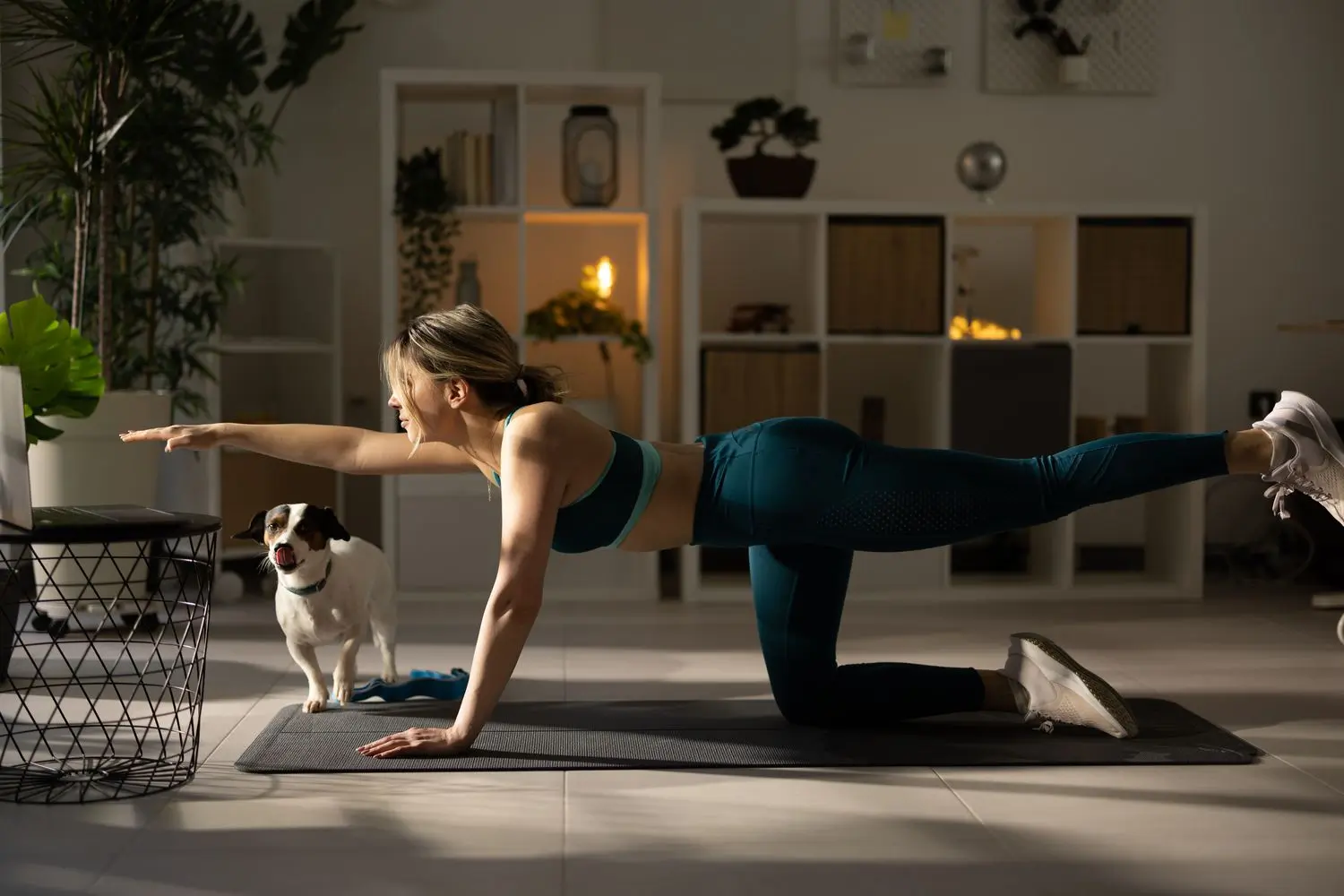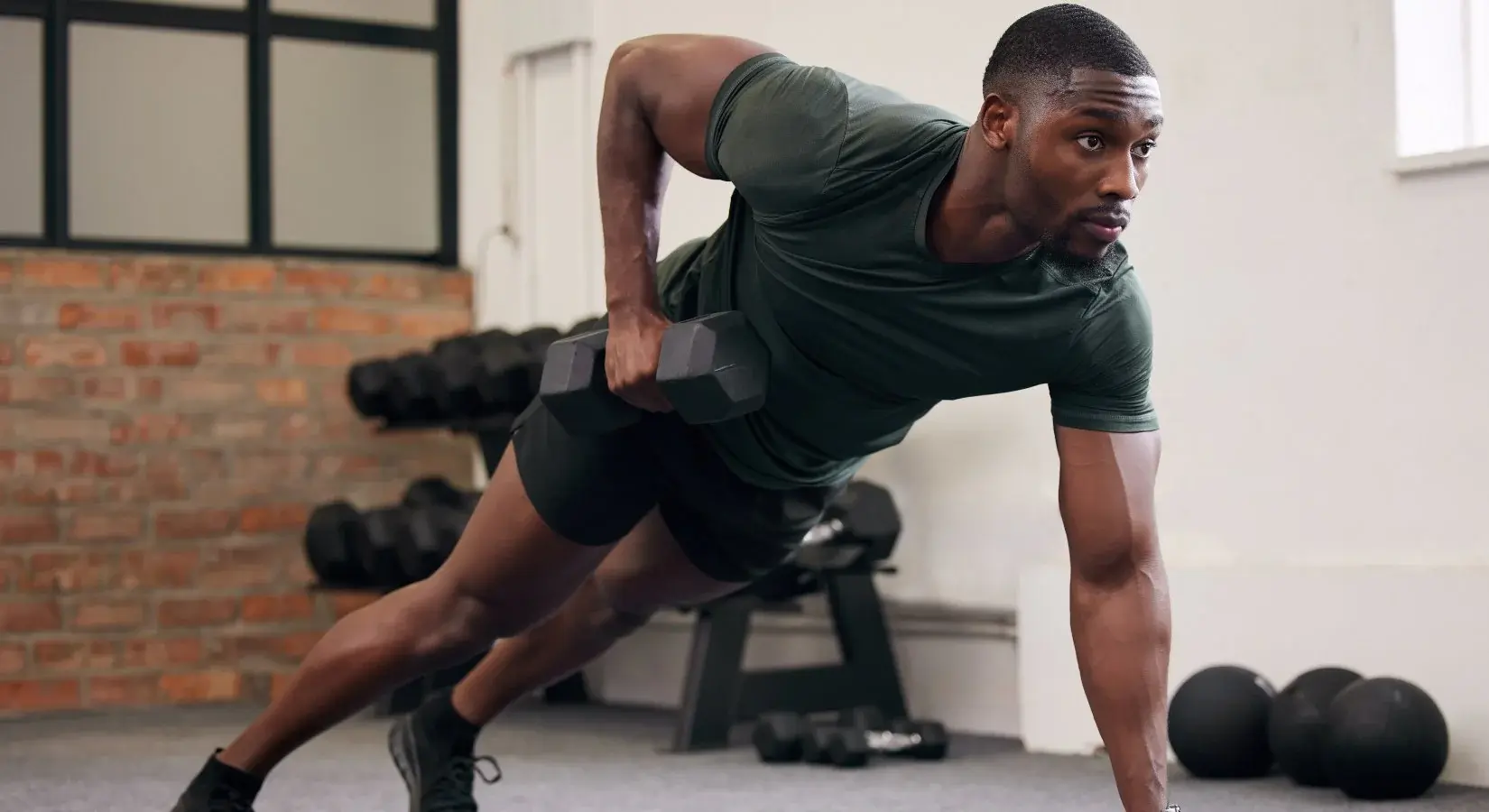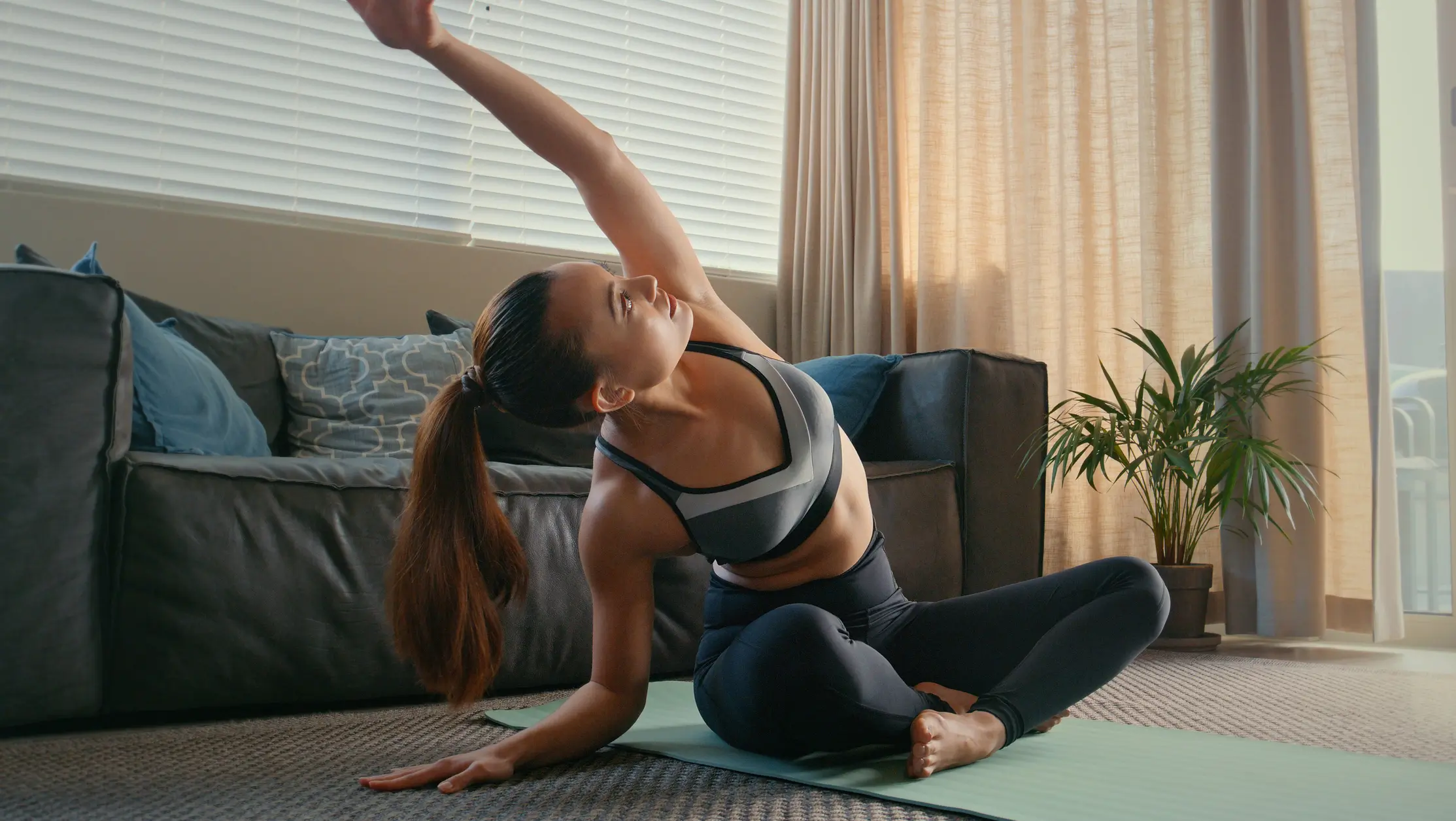Yoga isn’t just about finding your inner zen—it’s a practical sidekick for anyone serious about strength training. It ramps up flexibility and joint mobility, making it easier to hit full ranges in squats, deadlifts, and presses with solid form. As a preventive and rehabilitative strategy, yoga soothes tight muscles, enhances tissue health, and reduces the risk of workout-related injuries. Its mindful practice also hones the mind-muscle connection, helping you engage target muscles more effectively on every rep. By fortifying your core and improving midline stability, yoga gives you a rock‐solid foundation for heavy lifts and explosive movements. And let’s not forget the breathwork—it supercharges your respiratory system and muscular endurance so you can push through those last challenging sets without burning out.
1. Flexibility and Joint Mobility
When you spend most of your gym time loading the bar, it’s easy to forget that tight hips, shoulders, and ankles can hold back your progress. Yoga emphatically reminds you of—and then stretches—those snug areas. Through a sequence of asanas (poses) like Low Lunge and Downward Dog, you gradually increase range of motion, which translates into deeper squats and safer overhead presses. Over weeks and months, this improved mobility helps you maintain proper alignment under load, reducing compensations and maximizing muscle recruitment.
But it’s not only about hitting depth—it’s about feeling fluid. Enhanced mobility keeps you moving smoothly between exercises, aids coordination, and can even breathe new life into stubborn PR plateaus. In essence, investing time on the mat pays dividends in the weight room.
2. Injury Prevention and Recovery
Let’s be honest: lifting heavy often comes with niggles and minor aches. Yoga serves as a built-in maintenance routine that preconditions your body against common training injuries. Gentle dynamic stretches and myofascial release techniques integrated into yoga classes stimulate blood flow, which nourishes muscle fibers and speeds up tissue repair.
Post-workout, a short yoga flow focusing on hip openers, spinal twists, and shoulder stretches works wonders for flushing lactic acid and reducing DOMS (delayed onset muscle soreness). Rather than reaching for that ice pack or ibuprofen, rolling out a yoga mat for 10–15 minutes can help you bounce back faster and more reliably.
3. Enhanced Mind-Muscle Connection
You know that moment when you nail an exercise because every fiber in a muscle feels locked in? That’s the mind-muscle connection, and yoga is its personal trainer. Unlike high-intensity lifting where momentum sometimes sneaks in, yoga demands precise alignment and conscious engagement of each muscle group through controlled movements and holds.
Practicing poses like Warrior III or Boat Pose requires sustained focus on the target muscles—your glutes, hamstrings, or abdominals—without the distraction of dropping into rest. Over time, this laser-like awareness transfers back to your gym sessions, ensuring that your quads fire during leg presses and your lats engage fully on pull-downs.
4. Core Strength and Stability
A strong core isn’t just about six-pack abs; it’s the central link that transmits force between your upper and lower body. Yoga targets the entire core complex—including the transverse abdominis, obliques, spinal erectors, and even the diaphragm. Poses such as Plank, Side Plank, and Boat not only sculpt visible abs but also reinforce deep stabilizers that keep your spine safe under heavy loads.
Mayo Clinic highlights that core stability improves balance and steadiness, which is crucial whether you’re holding a barbell overhead or performing single-leg movements. In practice, this means less wobble in your overhead squats and a rock-steady torso during deadlifts—key ingredients for lifting heavier, more confidently.
5. Breath Control and Muscular Endurance
Heavy lifting leaves many gasping for air, especially when you’re grinding through back-to-back sets. Yoga’s pranayama, or breathwork techniques, teach you to inhale deeply and exhale fully, optimizing oxygen delivery to working muscles. Practices like Ujjayi breath (victorious warrior breath) engage the diaphragm and help regulate your heart rate, allowing you to stay calm under strain.
This improved respiratory efficiency translates into better muscular endurance in the gym—you’ll find you can eke out extra reps, maintain form longer, and recover quicker between sets. Essentially, mastering your breath becomes a stealth advantage when the barbell gets heavy.
Putting It All Together
You don’t have to carve out hours for yoga to reap these rewards. Start with two 30-minute sessions per week—perhaps a gentle flow on active recovery days or a focused mobility routine before lifting. Even just 10 minutes of targeted stretches after your workout can make a huge difference in flexibility and soreness management.
Pairing yoga with your existing strength regimen amplifies results. Imagine hitting a new squat PR because your hips feel freer, nailing that last rep without your back rounding, or feeling more in tune with your muscles as you control each movement. Yoga bridges the gap between flexibility, recovery, mind-body awareness, core power, and endurance—netting you stronger lifts and fewer setbacks.
So roll out your mat, embrace the slow flow, and watch how these ancient techniques bolster your modern strength goals. Your gains—and your injury-free future—will thank you.
Recent studies have shown that incorporating yoga into a strength training routine can also enhance mental resilience, reducing stress and anxiety levels, which can positively impact overall performance and recovery. Additionally, yoga’s emphasis on balance and proprioception can improve coordination and agility, beneficial for athletes engaging in dynamic sports.
With the rise of virtual fitness platforms, many yoga instructors now offer online classes tailored specifically for strength athletes, focusing on areas like hip mobility, shoulder stability, and core engagement. This accessibility makes it easier than ever to integrate yoga into your training schedule, regardless of location or time constraints.



















Yoga offers a fantastic complement to strength training by enhancing flexibility, preventing injuries, and improving the mind-muscle connection. Incorporating even short sessions can lead to significant benefits in your lifting performance and overall well-being. Keep it up, and enjoy the balance it brings to your fitness journey!